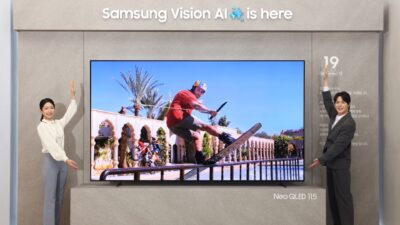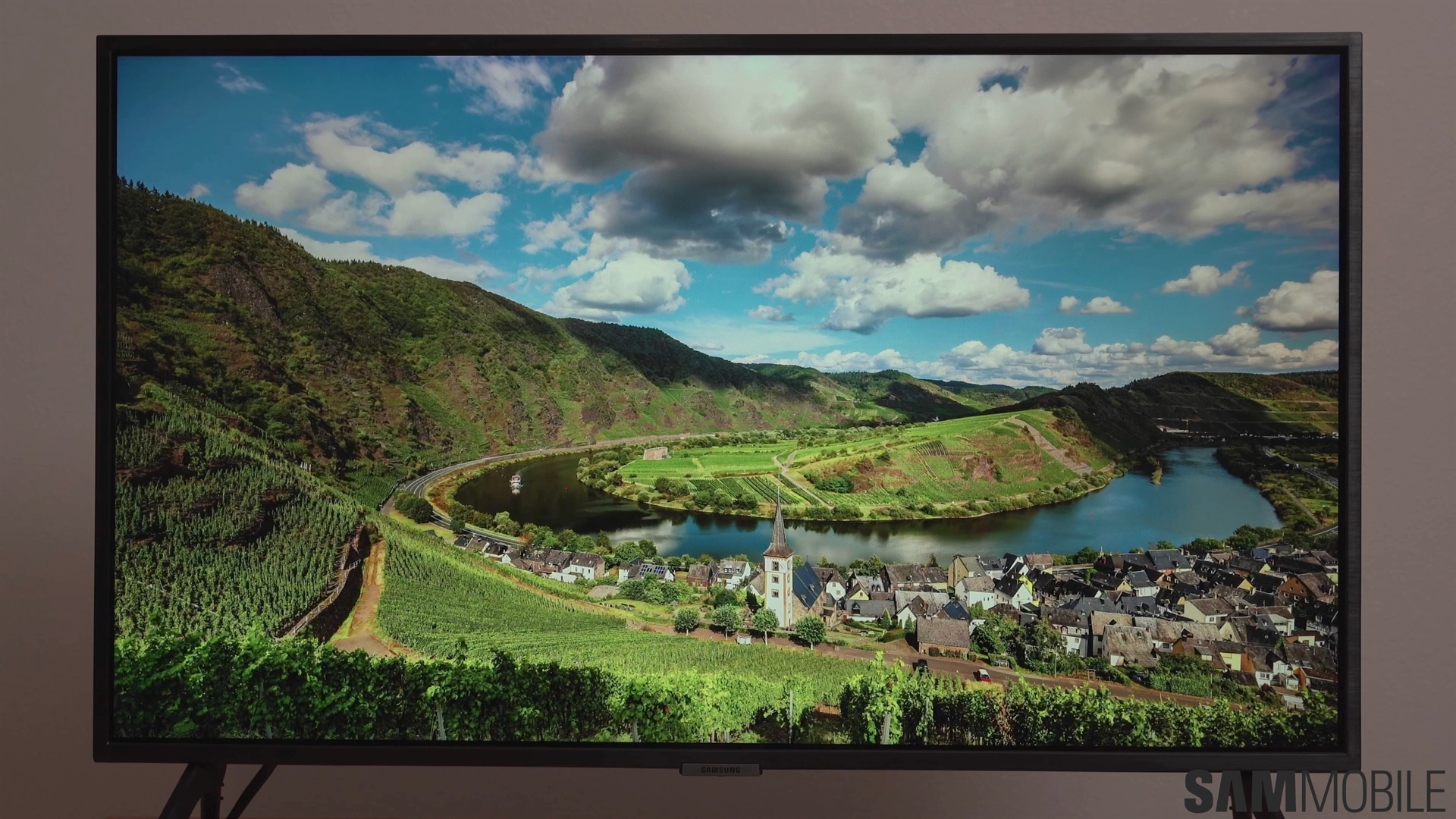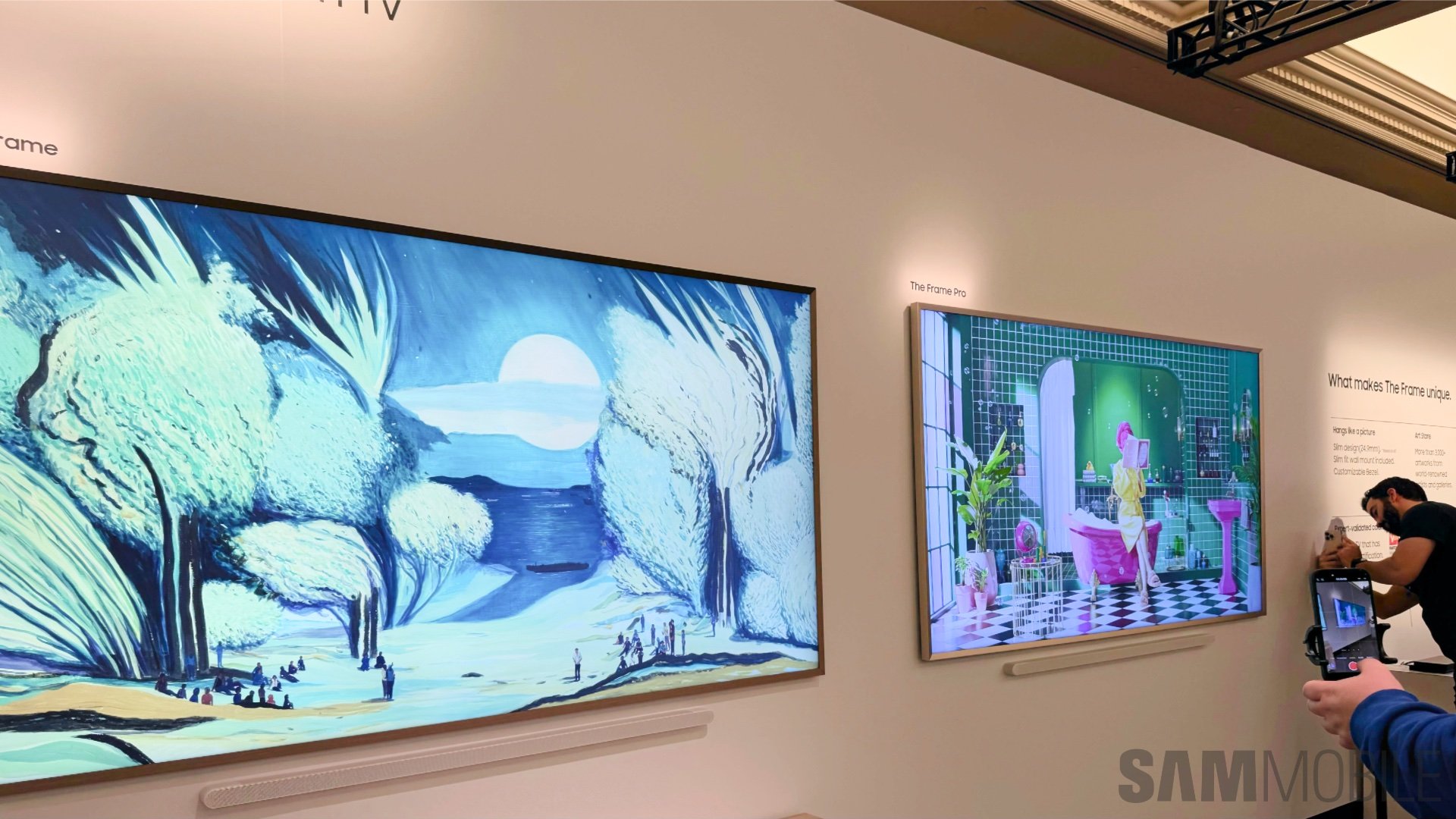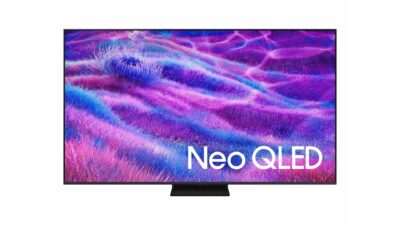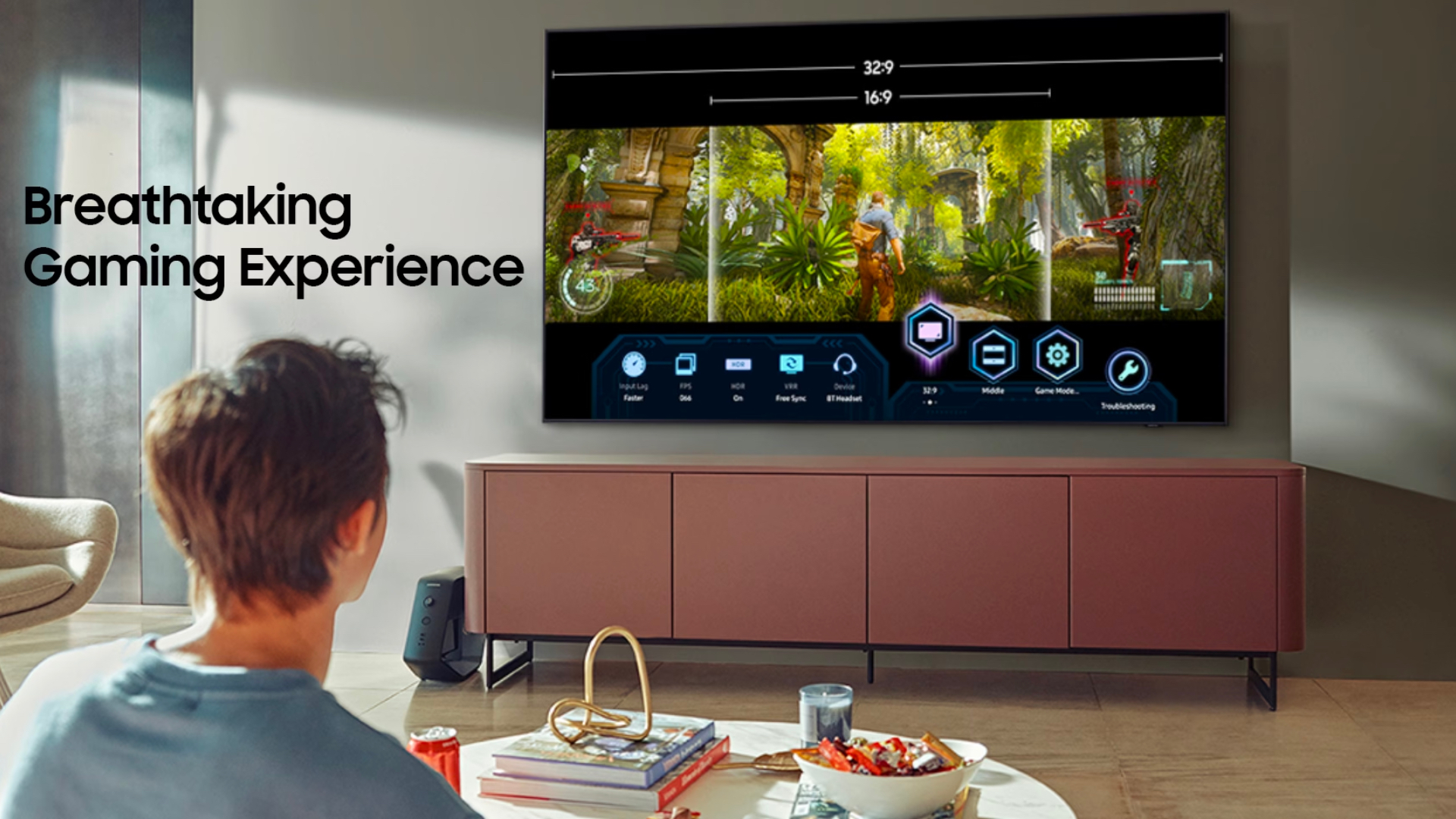
According to a new report from Yonhap News Agency, a class action lawsuit has been filed against Samsung and Best Buy in the US. This lawsuit alleges that some of Samsung’s QLED 4K TVs don’t feature Motion Xcelerator Turbo+, FreeSync, or HDMI 2.1 ports as advertised by the company and the retailer. The lawsuit was filed by Ray Kim Law in California Central District Court on Monday.
Usually, smaller-sized versions of certain TV models lack some features. For example, the 43-inch version of The Frame TV lacks a 120Hz refresh rate, while the other sizes of the TV have the feature.
Certain Samsung QLED TVs lack advertised features
Samsung’s Motion Xcelerator Turbo+ is a feature that increases the frame rate of the content by inserting new frames between the existing ones to make the content appear smoother. For instance, if you are playing a video with a frame rate of 60fps on a TV with a 120Hz refresh rate, this feature can increase the frame rate of that content to 120fps so that the frame rate of the video matches the refresh rate of the TV, making the content look more fluid. This feature is exclusive to select QLED TVs from the company.
FreeSync, on the other hand, is a technology developed by AMD that synchronizes the refresh rate of the display with the frame rate of the content. It reduces screen tearing, stuttering, and juddering, making the content look smoother. For this feature to work, the display and the device sending the content to it should support FreeSync. Gaming consoles such as the Microsoft Xbox Series X and the Sony PlayStation 5 have FreeSync, and therefore, people with these gaming consoles look out for TVs with this feature.
HDMI 2.1, as most of you might know, is the latest version of HDMI. It supports the transmission of content with up to 4K resolution and 120 frames per second or with 8K resolution and 60 frames per second. For example, if you want to display content with 4K resolution and 120 frames per second using your Sony PS5 on your 4K TV with a 120Hz refresh rate, you have to connect both devices using HDMI 2.1 cable. HDMI 2.1 has become so common that even TVs with a 60Hz refresh rate come with HDMI 2.1 ports.
Currently, there’s no information about which QLED 4K TVs from Samsung were advertised to have these features but don’t actually ship with them. Hopefully, we’ll get to know those models in the next few days as the story unravels. Until then, if you are buying a Samsung TV, it would be a good idea to check if the TV actually has the features advertised by the company before going ahead with the purchase.














